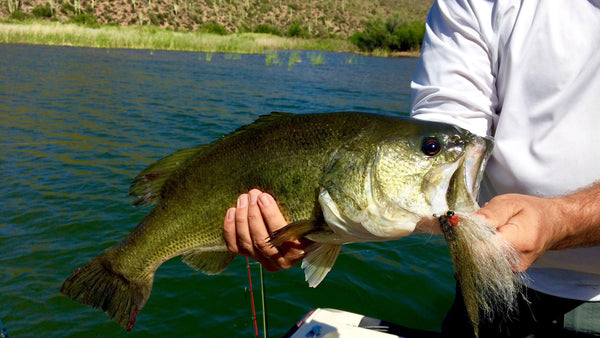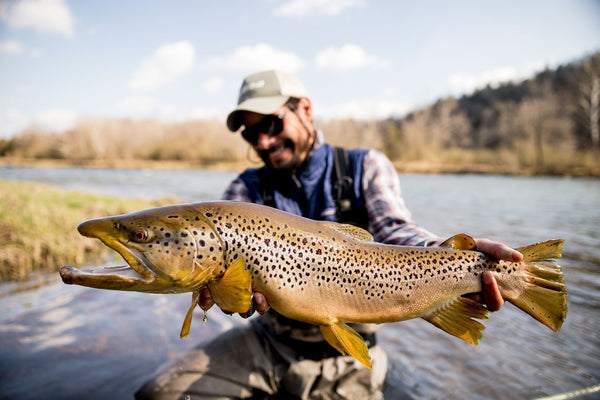Flymen Blog
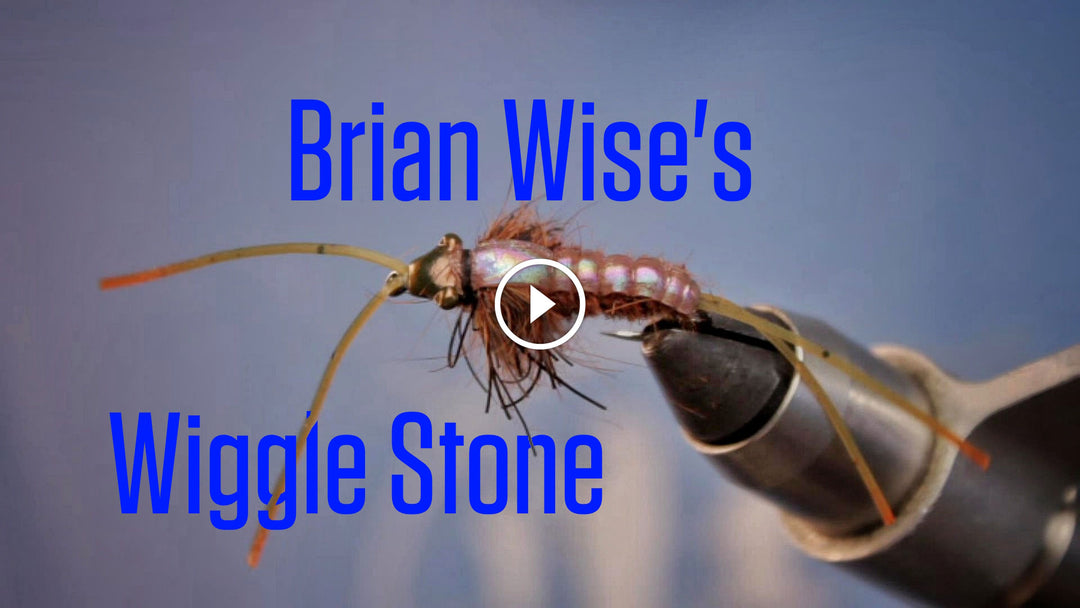
Learn to tie this next-generation stonefly.
Being known as a pretty major streamer lover, I often get lumped into the crowd that only ties big, gnarly streamers. But I'm also a fly fishing guide, and not everyone enjoys throwing streamers on 8-weight rods with sinking line all day, so nymphing is a huge part of my guiding.
The Wiggle Stone is my standard when nymphing deep in a stream where stoneflies live. As with any Stonefly pattern, the most important question is "How quick does it get to the bottom" and with the Nymph-Head Evolution Stonefly tungsten beadhead, this pattern goes straight to the bottom and into the strike zone.
Fly Recipe
- Hook: Kona Nymph Streamer 2XL (NS2), size #6
- Antennae: Sili-Legs
- Bead Head: Nymph-Head Evolution Stonefly tungsten beadhead, brown, size large
- Underbody: .025 Lead Wire
- Tail: Sili-Legs
- Ribbing: Mono Thread
- Case: U.V. Chewee Skin
- Wax: Loon High Tack Swax
- Body: Wiggle Dubbing (in a dubbing loop)
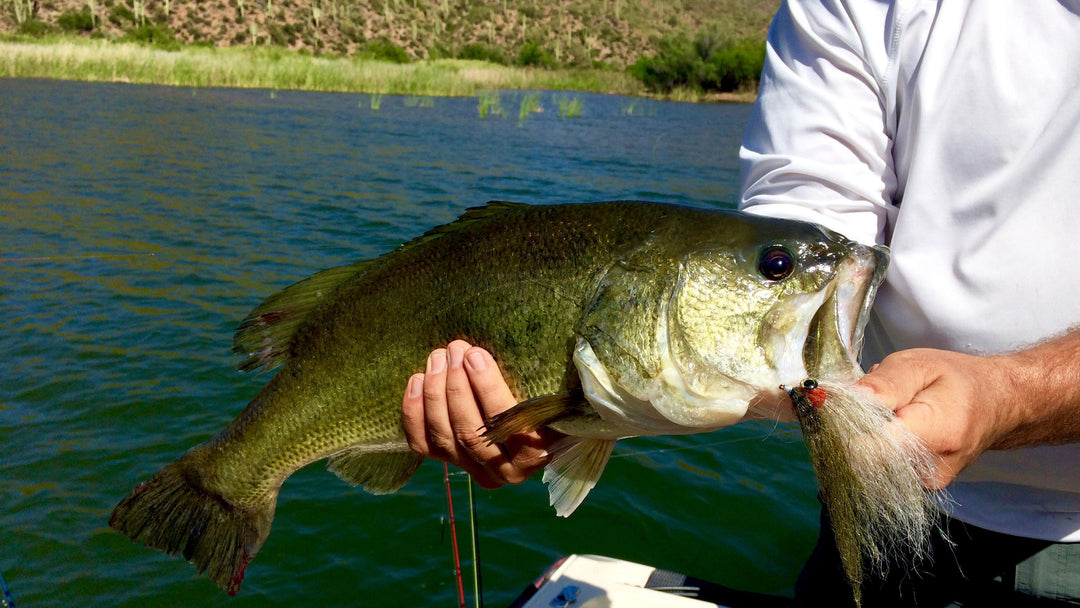
As streamer fly fishing has risen in popularity, streamer designs have taken off like never before.
If you haven't noticed, there are a lot of designs out there. One thing I've noticed about the plethora of new streamer patterns is that many of them (other than a few highly specialized designs) are designed basically around one thing: catching trout in fast-moving water.
So when I grabbed a handful of cleverly crafted baitfish patterns and headed out to my local warm-water bass lake, I found them highly lacking in some important qualities. They didn’t catch very many fish. I quickly realized that something designed for moving water didn’t automatically fit the bill when things became more static.
My answer was to just develop my own streamer patterns and fish away, but if you don't tie your own or have countless hours to experiment and design your own stuff, I realized that the already established cold-water patterns can be just as effective for warm-water species — they just need some adjustment in rigging and common sense when it comes to fishing techniques.
Here are some tricks I’ve used to adapt some commercial fly patterns to be as effective on your local warm-water lake as they are in the famous rivers they were intended for.
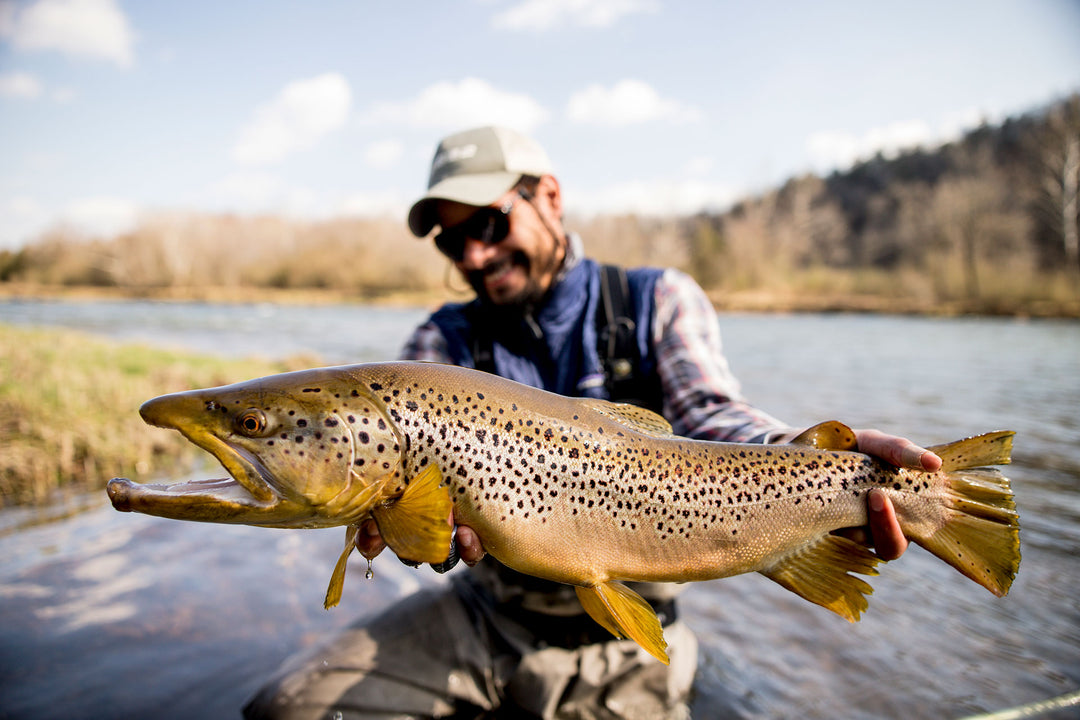
You have the fishing reports, a spanking new streamer outfit, and a leave pass to go chase some predators.
Your fly boxes are crammed full after hours watching videos while tying at the vise — heck, you probably know more about Brian Wise’s hands at this stage than his wife does.
Flies, lines, and water are all essential tools, but it's not going to work out if you can’t make those bugs swim.
When the Flymen crew asked me to work up another streamer piece for the blog I went back to my 2016 article, “Beyond Banging The Banks”. What we didn’t cover was how to make that fly swim when it hits the water. Consider this Chapter 2.
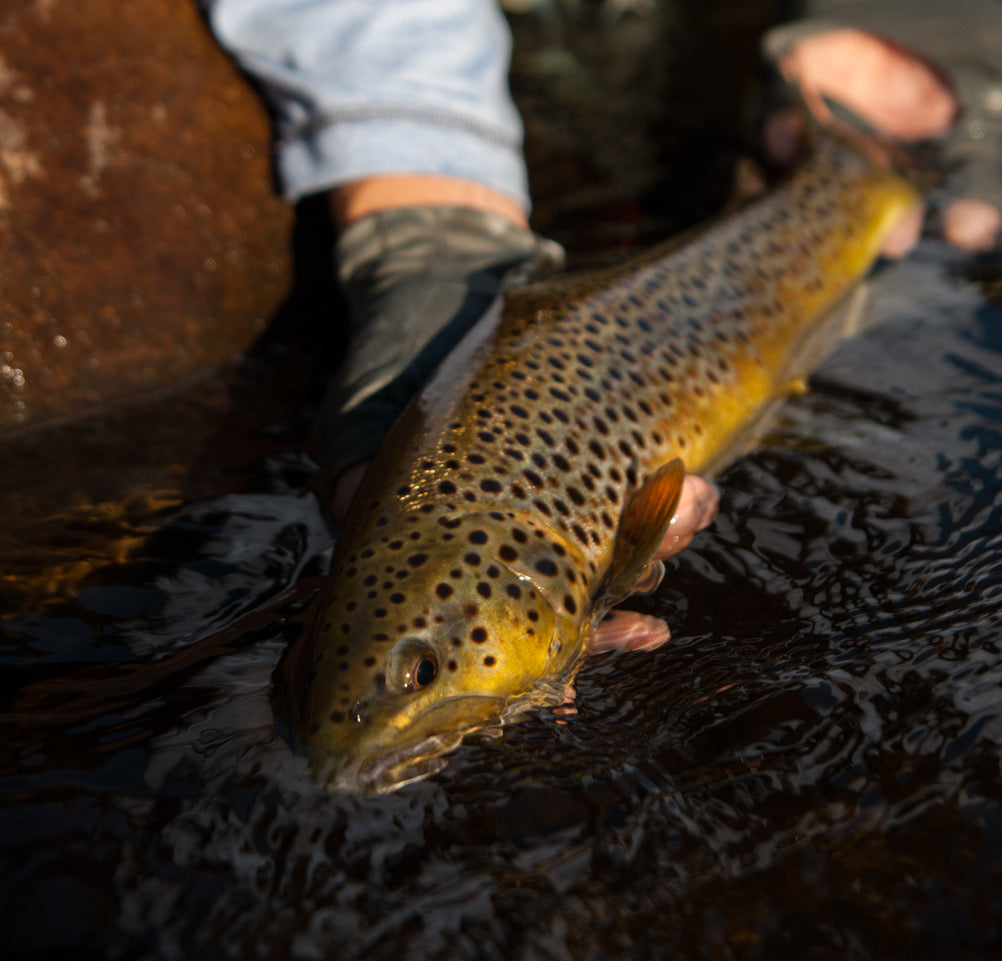
As a trout guide I like to think that there are no mistakes in fly fishing, rather there are learning opportunities — lots and lots of learning opportunities.
With each client I try to place an emphasis on proving yourself wrong, and by that I mean, take some rule/tactic/method and try to disprove it. After all, how many times have you done what was considered to be wrong and yet still caught a fish?
Habits on the other hand, are another story. Unlike mistakes, habits — especially a certain few — can be detrimental to catching trout. I'm going to address three of the worst habits I see on the water and how you can go about improving your habits to catch more trout.
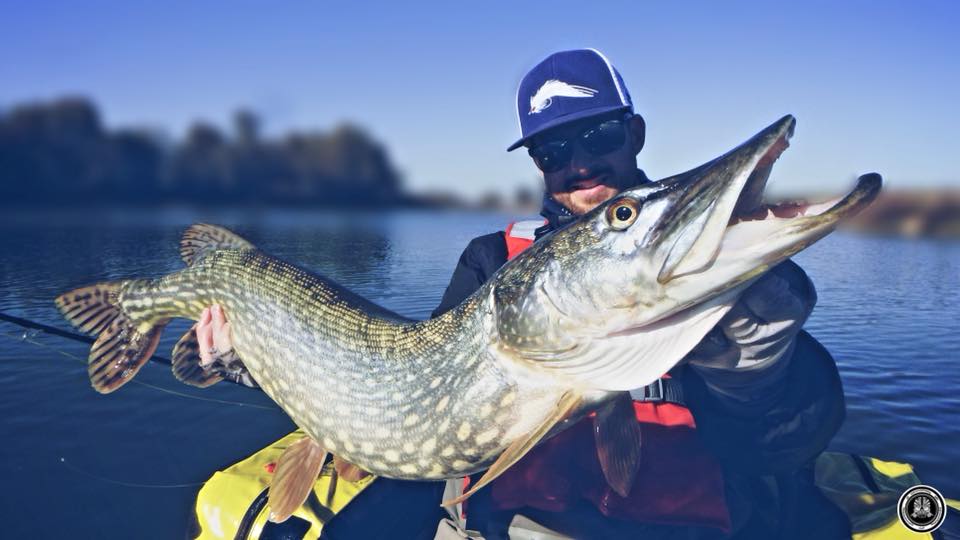
Autumn is one of the best seasons for pike fishing.
Catching them in rivers is very exciting as well as an extreme fishing experience. Not only do you have to fight against these river wolves, but also against the wild environment.



